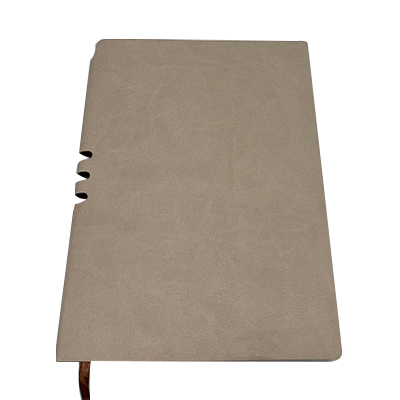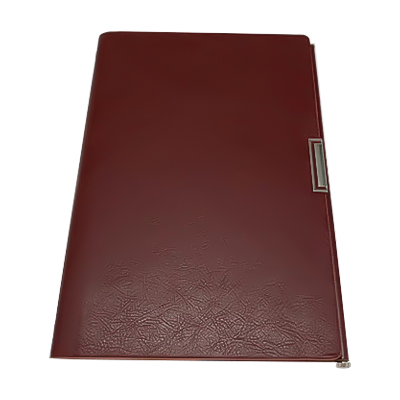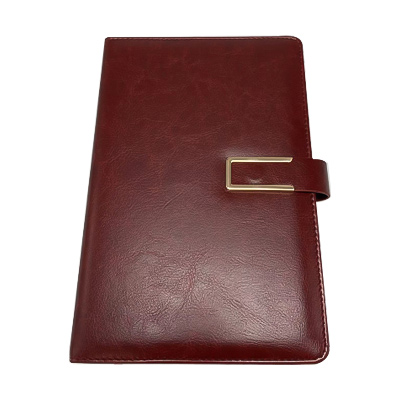For businesses that need short runs, print-on-demand and variable data printing, commercial offset digital printing is a great choice. It does not require plates, like offset lithography, which makes it faster to produce. This is a particularly good choice for those with smaller quantities of business cards, booklets, postcards or greeting cards.
Digital printing does not use plates and ink rollers but rather uses toner or liquid ink for larger printers, which is much more economical than offset printing. This process is also excellent for printing on paperboards and polypropylene materials, which are usually cheaper than glossy coated papers.
Offset Lithography
Offset lithography is the standard method for high-quality printing on packages, newspapers and magazines, requiring a volume of over 1000 units. This process layers the four colors (cyan, magenta, yellow and black - abbreviated CMYK) on metal plates and then prints them onto paper or other materials. Coatings and foil embellishment can be added for a more luxurious and polished look, but are not a requirement in most cases.
Flexography
Flexible packaging can be decorated using a process called flexography, which is similar to offset printing, but transfers the ink directly to the substrate rather than via plates. This method can be used to print on a wide range of materials, including cardboard, plastics and metal, and is commonly used for glass containers, jars, bottles and perfume atomisers.
Choosing the right packaging printing technique is essential for successful branding. Choosing the wrong process can lead to costly errors or an unsatisfactory product. So it’s important to choose the right process based on the project’s objectives, costs and capabilities.

 English
English Deutsch
Deutsch Français
Français Español
Español русский
русский عربى
عربى





